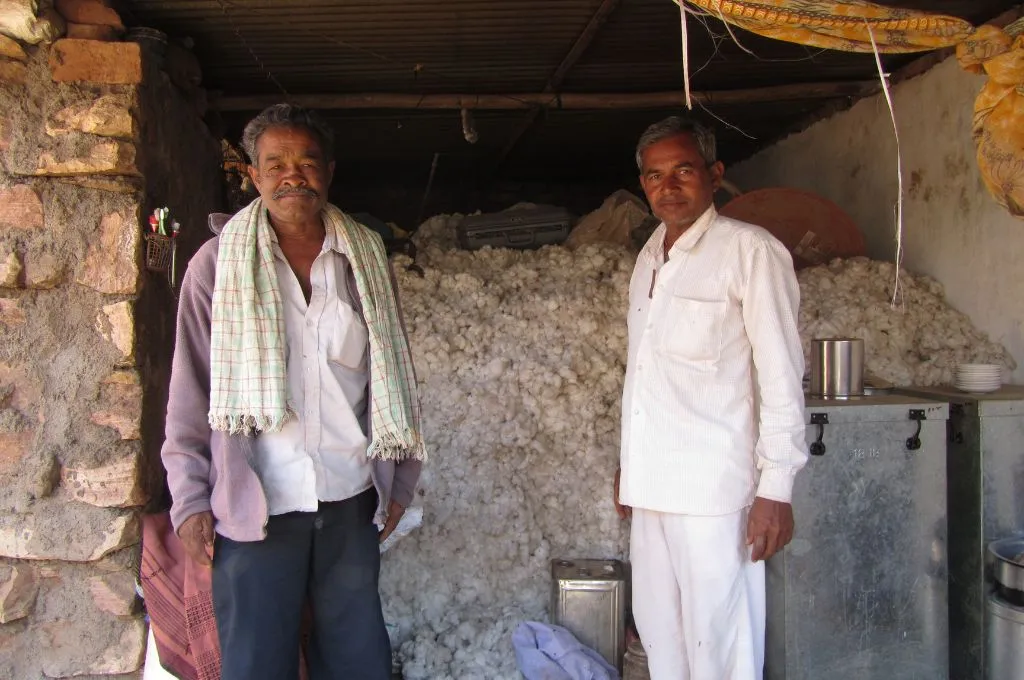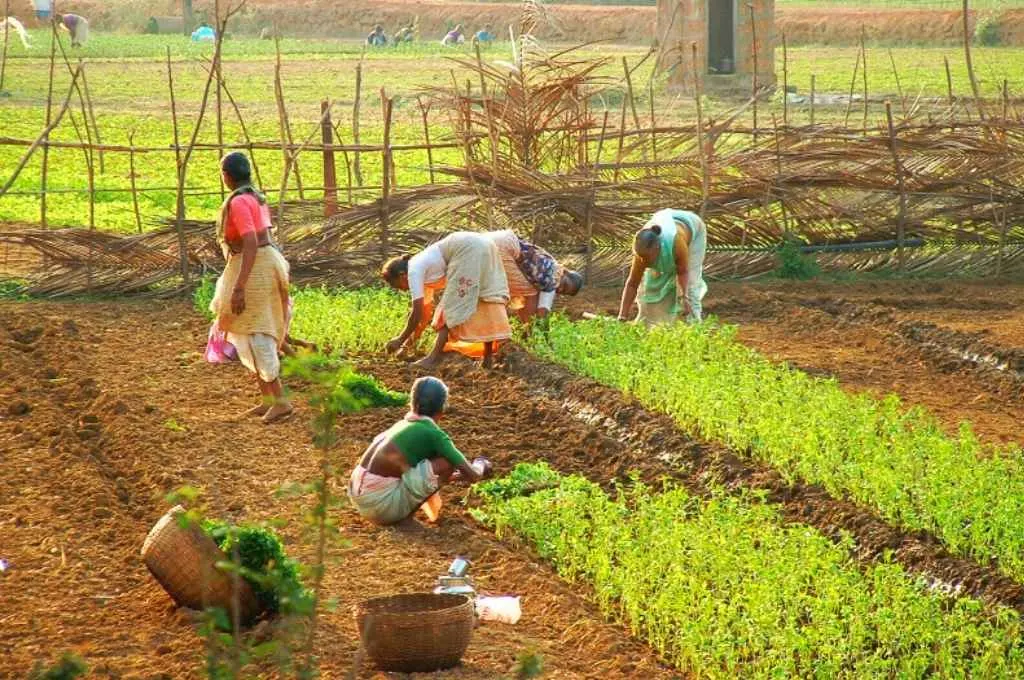If you have resources or information to add to this list please send them across to us at writetous@idronline.org
*This article was last updated on January 27th 2021 at 3:50 PM IST.
The Indian Parliament passed three agriculture acts—Farmers’ Produce Trade and Commerce (Promotion and Facilitation) Act, 2020, Farmers (Empowerment and Protection) Agreement of Price Assurance, Farm Services Act, 2020, and the Essential Commodities (Amendment) Act, 2020—during its monsoon session culminating on 23 September.
The contentious bills which received the President’s sign off on September 27, 2020, were passed amid an uproar by opposition party leaders and farmer groups alike.
Amid the stiff opposition, there have also been voices that have come out in support of the acts with some stating that they would “unshackle” the workforce engaged in the agriculture sector.
To cut through the noise, here are a few key points from each act that explain the changes proposed by them to the existing agriculture laws in the country.
The three farm acts: Key highlights
This act allows farmers to engage in trade of their agricultural produce outside the physical markets notified under various state Agricultural Produce Marketing Committee laws (APMC acts). Also known as the ‘APMC Bypass Bill’, it will override all the state-level APMC acts.
- Promotes barrier-free intra-state and inter-state trade of farmer’s produce.
- Proposes an electronic trading platform for direct and online trading of produce. Entities that can establish such platforms include companies, partnership firms, or societies.
- Allows farmers the freedom to trade anywhere outside state-notified APMC markets, and this includes allowing trade at farm gates, warehouses, cold storages, and so on.
- Prohibits state governments or APMCs from levying fees, cess, or any other charge on farmers produce.

The three farm acts are likely to have a significant impact on farmers and agriculture in the country. | Picture courtesy: Pixabay
The acts seeks to provide farmers with a framework to engage in contract farming, where farmers can enter into a direct agreement with a buyer (before sowing season) to sell the produce to them at pre-determined prices.
- Entities that may strike agreements with farmers to buy agricultural produce are defined as “sponsors’’ and can include individuals, companies, partnership firms, limited liability groups, and societies.
- The act provides for setting up farming agreements between farmers and sponsors. Any third parties involved in the transaction (like aggregators) will have to be explicitly mentioned in the agreement. Registration authorities can be established by state governments to provide for electronic registry of farming agreements.
- Agreements can cover mutually agreed terms between farmers and sponsors, and the terms can cover supply, quality, standards, price, as well as farm services. These include supply of seeds, feed, fodder, agro-chemicals, machinery and technology, non-chemical agro-inputs, and other farming inputs.
- Agreements must have a minimum duration of one cropping season, or one production cycle of livestock. The maximum duration can be five years. For production cycles beyond five years, the period of agreement can be mutually decided by the farmer and sponsor.
- Purchase price of the farming produce—including the methods of determining price—may be added in the agreement. In case the price is subject to variations, the agreement must include a guaranteed price to be paid as well as clear references for any additional amounts the farmer may receive, like bonus or premium.
- There is no mention of minimum support price (MSP) that buyers need to offer to farmers.
- Delivery of farmers’ produce may be undertaken by either parties within the agreed time frame. Sponsors are liable to inspect the quality of products as per the agreement, otherwise they will be deemed to have inspected the produce and have to accept the delivery within the agreed time frame.
- In case of seed production, sponsors are required to pay at least two-thirds of the agreed amount at the time of delivery, and the remaining amount to be paid after due certification within 30 days of date of delivery. Regarding all other cases, the entire amount must be paid at the time of delivery and a receipt slip must be issued with the details of the sale.
- Produce generated under farming agreements are exempt from any state acts aimed at regulating the sale and purchase of farming produce, therefore leaving no room for states to impose MSPs on such produce. Such agreements also exempt the sponsor from any stock-limit obligations applicable under the Essential Commodities Act, 1955. Stock-limits are a method of preventing hoarding of agricultural produce.
- Provides for a three-level dispute settlement mechanism: the conciliation board—comprising representatives of parties to the agreement, the sub-divisional magistrate, and appellate authority.
An amendment to the Essential Commodities Act, 1955, this act seeks to restrict the powers of the government with respect to production, supply, and distribution of certain key commodities.
- The act removes cereals, pulses, oilseeds, edible oils, onion, and potatoes from the list of essential commodities.
- Government can impose stock holding limits and regulate the prices for the above commodities—under the Essential Commodities, 1955—only under exceptional circumstances. These include war, famine, extraordinary price rise, and natural calamity of grave nature.
- Stock limits on farming produce to be based on price rise in the market. They may be imposed only if there is: (i) a 100 percent increase in retail price of horticultural produce, and (ii) a 50 percent increase in the retail price of non-perishable agricultural food items. The increase is to be calculated over the price prevailing during the preceding twelve months, or the average retail price over the last five years, whichever is lower.
- The act aims at removing fears of private investors of regulatory influence in their business operations.
- Gives freedom to produce, hold, move, distribute, and supply produce, leading to harnessing private sector/foreign direct investment in agricultural infrastructure.

The Essential Commodities (Amendment) Act, 2020 seeks to restrict the powers of the government with respect to production, supply, and distribution of certain key commodities. | Picture courtesy: Bentoli
Impact Videos
Watch our four-part video series featuring farmers, investors, and other stakeholders to understand the impact of the acts, and why farmers are protesting.
Curated articles, video and interviews
Keeping in mind the sharply polarised points of view and ensuing confusion on the implications of the acts, here is a curated list of articles, videos and events that explain the nuances of these acts and their potential impact.
The article reports on the mood of the farmers, police action and the response of Delhi residents to the tractor rally that took place at the nation’s capital on Republic Day in New Delhi.
This article explores the future course of action that farmers and their leaders agitating against three farm laws are likely to take, after the Republic Day tractor rally in New Delhi.
In this article, Bijeta Mohanty and Kumar Das analyse how India’s recent agricultural bills fail to address farmers’ concerns, while suggesting avenues where reforms are actually required.
The working group members of All India Kisan Sangharsh Coordination Committee (AIKSCC) will address the media about the organisation’s nation-wide action plan against the implementation of the farm acts.
Date and time: Tuesday, 29 September 2020, 3.30 PM
Meeting ID: 871 0195 0268 and passcode: 934150
Here’s a list of some of the protests that we could track. While most of them have been in the run-up to the passing of the bills, there are still a few planned over the next few weeks.
In this article, Anju Agnihotri Chaba and Harish Damodaran explain the relationship between an arhtiya and a farmer, their role in agricultural operations, and the impact of the new farm laws on these ‘middlemen’.
In this article, Arun Maira, former member of Planning Commission of India, explains how the government’s dismissal of the concerns of farmers to push through bold reforms is not only bad for democracy but also reduces the quality of policies and makes them harder to implement.
The privatisation of the sugarcane industry in 1998 and the deregulation of Bihar’s Agriculture Produce Market Committee (APMC) in 2006 led to no benefits for the farmers—sugarcane growers are still agitating for fair and timely payment of dues and Bihar’s agricultural infrastructure has not seen any sizeable private investment. Monika Mandal explains this in detail in this article.
In this article, Sayantan Bera of Mint speaks to farmers outside Punjab and Haryana to hear their voices on the new farm acts.
In this NL Cheatsheet video Meghnad S, Associate Editor, Newslaundry explains what the reforms are all about, and how they will affect farmers.
In the new set-up, it will not only be fragmented markets with different sets of rules but also fragmented regulatory structures that will create a more uneven playing field for farmers. Kavitha Kuruganti, convenor of the Alliance for Sustainable & Holistic Agriculture explains this in detail in this article.
In this interview with journalist Faye D’Souza, P Sainath, Founder Editor of People’s Archive of Rural India explains the impact of the acts on the country’s farmers while warning that it will lead to a “corporate-led” agriculture sector.
The laws allow farmers to perform inter-state and intra-state transactions freely, and increases competition between buyers providing better prices to the farmers. Ila Patnaik and Shubho Roy explain this in detail in this article.





